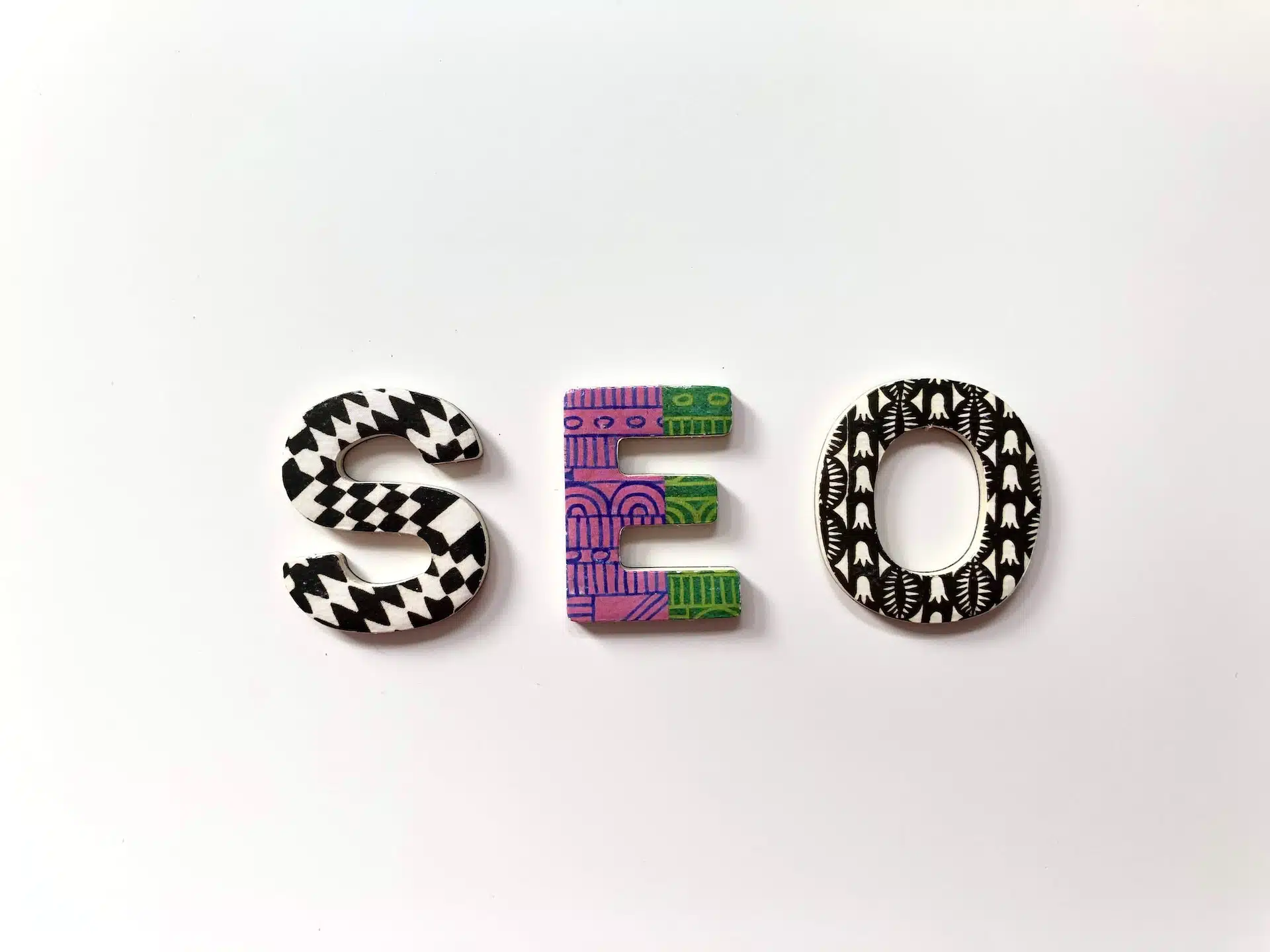In the ever-evolving landscape of search engine optimization (SEO), on-page optimization remains a cornerstone strategy for enhancing a website’s visibility and search engine rankings. With search engines becoming smarter and more user-centric, it’s essential to have a solid understanding of on-page optimization techniques. This article aims to demystify the significance of on-page optimization and provide actionable tips and best practices for implementing these strategies on your own website.
The Pillars of On-Page Optimization
On-page optimization revolves around fine-tuning various elements within your website to align with search engine algorithms and user expectations. These elements include:
- Keyword Research: The Foundation of On-Page Optimization
Effective on-page optimization begins with comprehensive keyword research. This involves identifying the search terms and phrases that your target audience is likely to use when searching for products, services, or information related to your website’s content. Tools like Google Keyword Planner, SEMrush, and Ahrefs can help you uncover relevant keywords with suitable search volumes and competition levels.
Actionable Tip: Create a list of primary and secondary keywords for each page on your website. This forms the basis of your content and optimization efforts. - Meta Tags: Crafting Compelling Titles and Descriptions Meta tags, including the title tag and meta description, play a pivotal role in communicating your page’s relevance to both search engines and users. The title tag should include your target keyword and provide a concise, accurate summary of the page’s content. Similarly, the meta description should be engaging, informative, and encourage users to click through to your website.
Actionable Tip: Write unique and compelling title tags and meta descriptions for each page, ensuring they accurately represent the content while enticing clicks. - Header Tags: Organizing Content for Readability and SEO Header tags (H1, H2, H3, etc.) structure your content hierarchically, making it easier for both users and search engines to understand the page’s organization. The H1 tag typically contains the main heading and should include the primary keyword, while H2 and H3 tags divide the content into sections.
Actionable Tip: Use header tags to create a logical flow for your content. Incorporate keywords naturally into the headers to signal the page’s topic. - Image Optimization: Enhancing Visual Appeal and Performance Images contribute to a website’s aesthetics and user experience. However, they can also impact page load times if not optimized properly. Use descriptive file names and alt text for images to provide context to search engines and accessibility to visually impaired users.
Actionable Tip: Compress images to reduce file size without compromising quality, leading to faster load times and better user experience. - Content Structure: Engaging and Readable Content Well-structured content not only enhances readability for users but also aids search engines in understanding the context of your page. Break up content with paragraphs, bullet points, and subheadings. Aim for in-depth content that thoroughly covers the topic and addresses user queries.
Actionable Tip: Incorporate relevant keywords naturally throughout the content, focusing on providing value to the reader rather than keyword stuffing.
Best Practices for On-Page Optimization
- User-Centric Approach: Prioritize User Experience Search engines value websites that prioritize user experience. Ensure your website is easy to navigate, loads quickly, and provides valuable, relevant content to visitors. A positive user experience can lead to longer on-page times and lower bounce rates, both of which contribute to higher search engine rankings.
- Mobile Optimization: Catering to Mobile Users With mobile devices accounting for a significant portion of web traffic, optimizing your website for mobile responsiveness is crucial. Google’s mobile-first indexing means that your website’s mobile version is used for indexing and ranking. A mobile-friendly design enhances user engagement and supports higher search rankings.
- Regular Content Updates: Stay Fresh and Relevant Search engines favor websites that consistently update their content. Regularly publishing new blog posts, articles, or other forms of content not only keeps your website relevant but also provides opportunities to target new keywords and attract more organic traffic.
- Monitor Performance: Analytics and Insights Implement tools like Google Analytics to monitor your website’s performance. Track key metrics such as organic traffic, bounce rates, and conversion rates to assess the effectiveness of your on-page optimization efforts. Adjust your strategies based on the data insights you gather.
On-page optimization is an essential facet of SEO that holds the power to significantly impact your website’s search engine rankings. By implementing effective keyword research, optimizing meta tags, utilizing header tags, optimizing images, and structuring content, you can create a user-friendly and search engine-friendly website that stands out in the digital realm. Remember, the key is to focus on delivering value to your audience while adhering to best practices that align with search engine algorithms. With a commitment to on-page optimization, you’ll be well on your way to improving your website’s visibility and driving organic traffic.
Start your journey to digital success today, let us put these strategies into action on your behalf. Contact us today and watch your website’s visibility soar while driving organic traffic. Your SEO game changer awaits!

